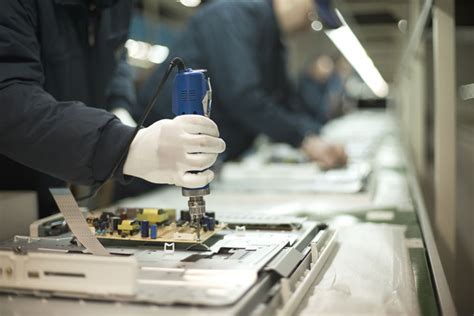
A Guide to Best Electronic Manufacturing Companies
Introduction to Electronic Manufacturing Electronic manufacturing is the process of designing, producing, and assembling electronic components, devices, and systems. This industry has grown significantly over[…]

IPC APEX EXPO Feb-2018, San-Diego, United States
What to Expect at IPC APEX EXPO IPC APEX EXPO is a must-attend event for anyone involved in electronics manufacturing. Attendees span the entire industry[…]
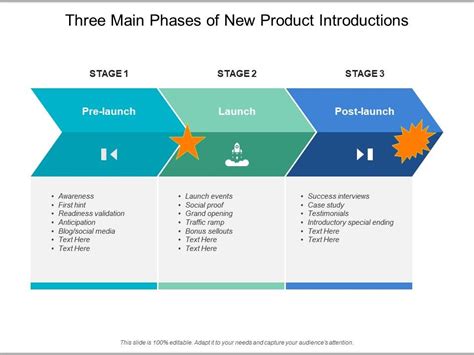
What is the New Product Introduction?
Key Components of the New Product Introduction Process The NPI process typically consists of several key components, each of which plays a vital role in[…]

What Should You Know about Metal Core PCB
Introduction to Metal Core PCB A Metal Core PCB (MCPCB) is a type of printed circuit board that uses a metal substrate instead of the[…]

Why A Company Needs An Incoming Quality Control Process
The Importance of Quality Control in Business Quality control is a critical component of any successful business strategy. It helps companies maintain a high level[…]
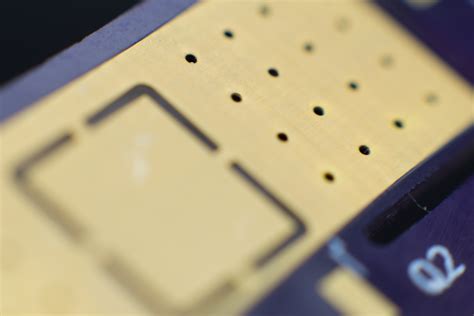
RoHS Compliant Surface Finishes – Electroless Gold over Nickel
Introduction to Electroless Gold-Nickel Surface Finishes Electroless gold-nickel (Au/Ni) surface finishes are widely used in the electronics industry for printed circuit boards (PCBs) and electronic[…]
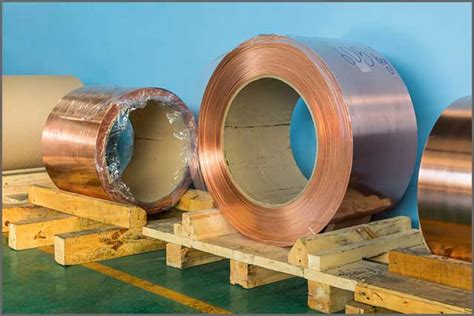
Tolerances on Copper Thickness on a PCB
Understanding PCB Copper Thickness and Its Importance Printed Circuit Boards (PCBs) are the backbone of modern electronics, providing a platform for connecting and integrating various[…]
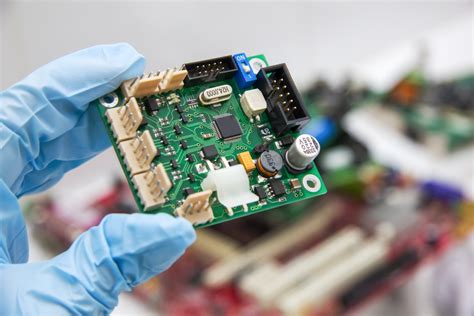
11 Ways to Find Low-Cost PCB Assembly Easily
1. Leverage Online PCB Manufacturing Platforms Online PCB manufacturing platforms have revolutionized the industry by connecting customers with a wide range of PCB Assembly providers.[…]
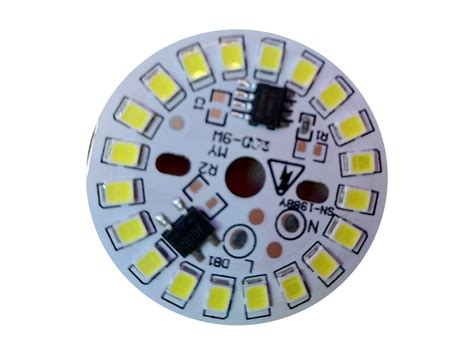
LED PCB Assembly: one stop LED lighting PCB solution
Introduction to LED PCB Solutions Light-emitting diode (LED) technology has revolutionized the lighting industry, offering energy-efficient, long-lasting, and versatile solutions for various applications. LED PCB[…]

13 Effective Test Methods For Printed Circuit Board Assembly
Introduction Printed Circuit Board (PCB) assembly is a critical process in the manufacturing of electronic devices. To ensure the quality and reliability of the final[…]